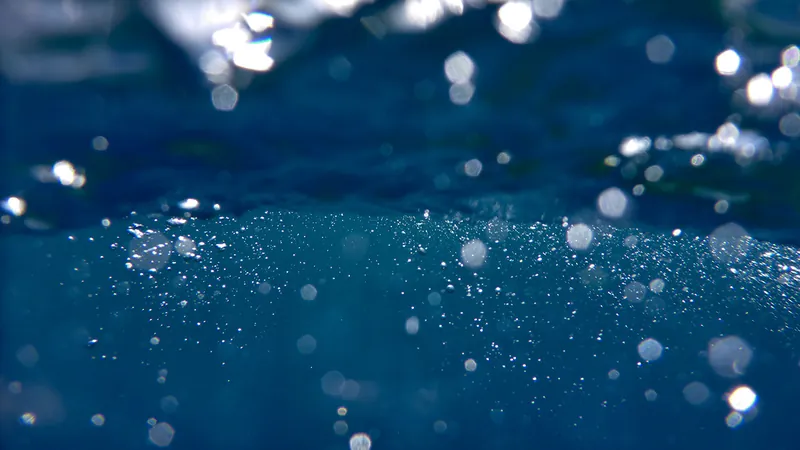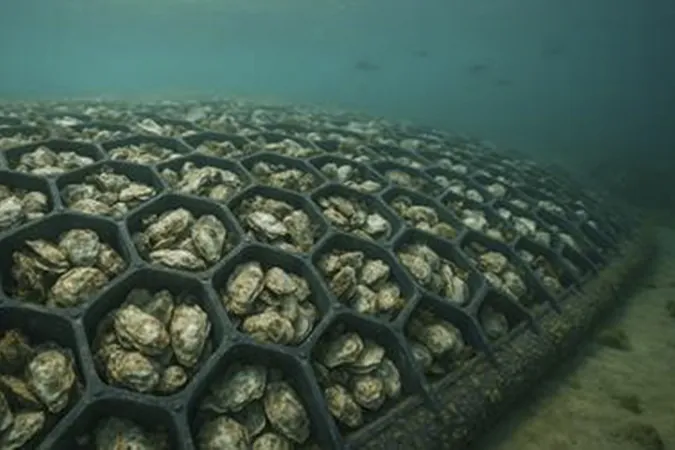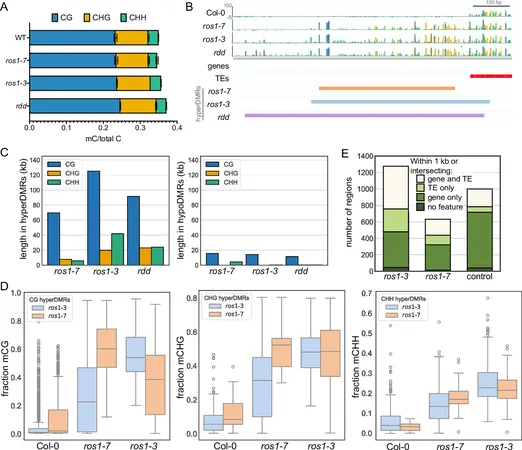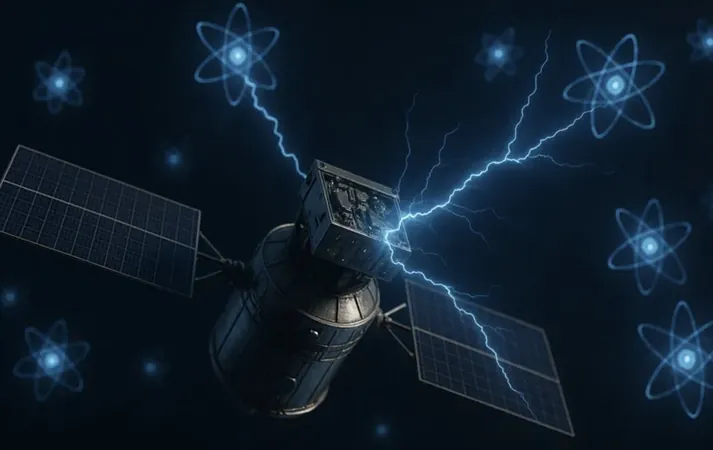
Bubbles in the Ocean: The Key to Understanding Carbon Storage Variations!
2025-07-08
Author: Rajesh
Unlocking the Secrets of Ocean Carbon Storage
The ocean is a crucial player in the global carbon cycle, absorbing vast amounts of carbon from the atmosphere each year. However, precisely how much carbon it absorbs remains shrouded in uncertainty. Recent estimates from the 2023 Global Carbon Budget suggest this figure could range between an astounding 2.2 billion and 4 billion metric tons annually. One fascinating factor that has been largely overlooked? The role of bubbles!
The Impact of Bubbles on Carbon Exchange
When waves crash, they generate countless tiny bubbles that facilitate the exchange of gases, including carbon dioxide, between the ocean and the atmosphere. Traditional models assessing this air-sea carbon exchange have relied on wind speed as a key indicator, assuming that stronger winds mean more bubble-forming waves. Yet, this assumption often falls short, as various factors can influence wave behavior.
Introducing Bubble-Mediated Gas Transfer Theory
To dive deeper into the bubble phenomenon, researchers have adopted what they call "bubble-mediated gas transfer theory." Unlike standard models, which mainly focus on wind strength, this new approach also takes into account the specific wave conditions that create gas-carrying bubbles. By comparing their results to a simpler wind-only model, the scientists aimed to uncover hidden truths about carbon exchange.




 Brasil (PT)
Brasil (PT)
 Canada (EN)
Canada (EN)
 Chile (ES)
Chile (ES)
 Česko (CS)
Česko (CS)
 대한민국 (KO)
대한민국 (KO)
 España (ES)
España (ES)
 France (FR)
France (FR)
 Hong Kong (EN)
Hong Kong (EN)
 Italia (IT)
Italia (IT)
 日本 (JA)
日本 (JA)
 Magyarország (HU)
Magyarország (HU)
 Norge (NO)
Norge (NO)
 Polska (PL)
Polska (PL)
 Schweiz (DE)
Schweiz (DE)
 Singapore (EN)
Singapore (EN)
 Sverige (SV)
Sverige (SV)
 Suomi (FI)
Suomi (FI)
 Türkiye (TR)
Türkiye (TR)
 الإمارات العربية المتحدة (AR)
الإمارات العربية المتحدة (AR)